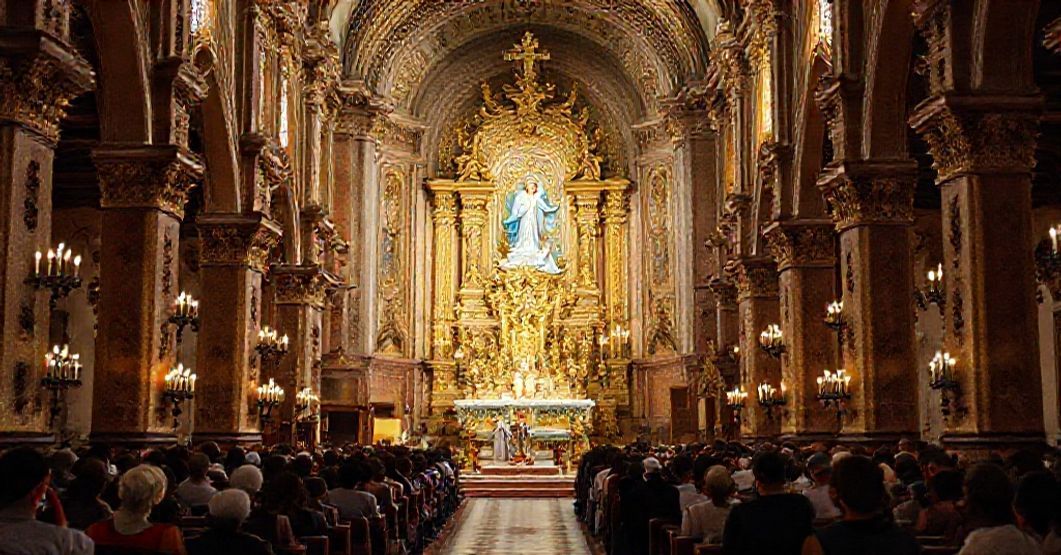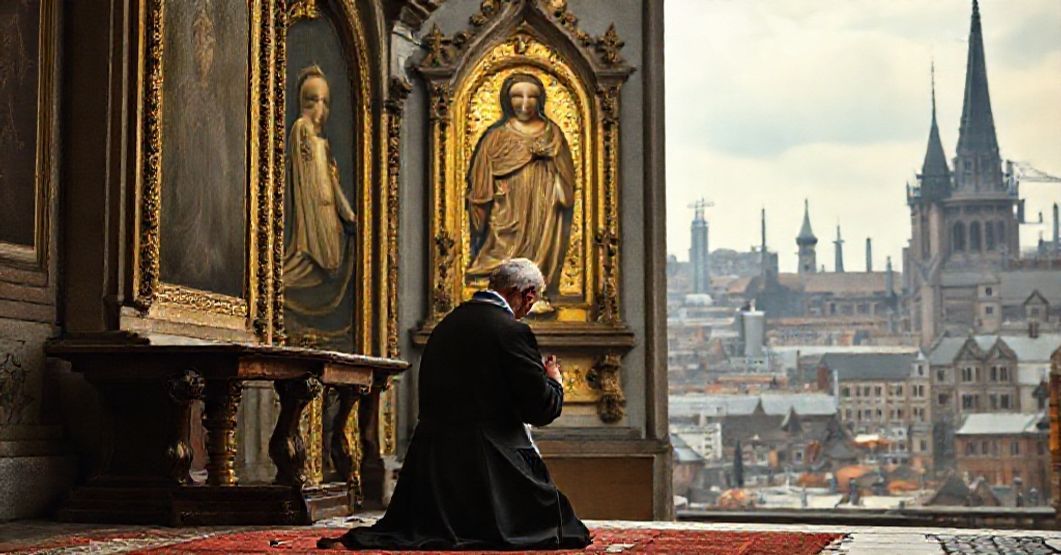Antipopes of the Antichurch



















Timeline of this heretical pontiff
Encyclical Letters
+ 15 posts1959
+ 7 posts1961
+ 4 posts1962
+ 2 posts1963
+ 2 postsApostolic Exhortations
+ 3 postsApostolic Constitutions
+ 93 posts1958
+ 6 posts1959
+ 87 postsMotu Proprio
+ 15 posts1958
+ 1 posts1959
+ 1 posts1962
+ 11 postsApostolic Letters
+ 151 posts1958
+ 4 posts1959
+ 63 posts1960
+ 78 posts1961
+ 1 posts1962
+ 4 posts1963
+ 1 postsSpeeches
+ 99 posts1958
+ 2 posts1959
+ 26 posts1960
+ 29 posts1961
+ 16 posts1962
+ 24 postsMessages
+ 6 posts1959
+ 4 postsHomilies
+ 4 postsLetters
+ 152 posts1958
+ 1 posts1959
+ 48 posts1960
+ 32 posts1961
+ 31 posts1962
+ 30 posts1963
+ 10 postsNot categorized
+ 1 posts1958
+ 1 postsNews feed


Rosas Caelitus (1959.07.23)
The document entitled “Rosas Caelitus” is a brief Latin decree in which John XXIII, at the very beginning of his usurped reign, confers the title and privileges of a Minor Basilica upon the church dedicated to St. Thérèse of the Child Jesus in Anzio (Antium), praising its architecture, treasures, the veneration of the saint’s relics, and the devotion of the faithful who frequent this sanctuary, especially in gratitude for her perceived protection during wartime, and then, invoking his supposed apostolic authority, declares the elevation irrevocable and nullifies any contrary attempt.
This apparently pious exaltation of a Marian-style “little way” sanctuary, issued by the architect of the conciliar revolution, is in reality a juridical and symbolic brick in the construction of the neo-church: a saccharine cultic shell masking the quiet displacement of the true reign of Christ the King and the true authority of the Catholic Church by a counterfeit “spirituality” preparing the way for Vatican II’s apostasy.


Religionis domicilium (1959.07.17)
The document attributed to John XXIII, titled Religionis domicilium (17 July 1959), grants the title and privileges of a Minor Basilica to the church of the Sorrowful Virgin Mary, known as “Nuestra Señora de la Soledad,” in the Archdiocese of Antequera (Mexico), appealing to its antiquity, Marian devotion, and the prior coronation authorized by St. Pius X as signs of Catholic piety and growth in “Marian religion.” It clothes this act in solemn juridical language, invoking “apostolic authority” to extend all rights and privileges attached to basilicas.


Meritis celebratur (1959.07.17)
The Latin text attributed to John XXIII, “Meritis celebratur,” decrees that the cathedral church of Zacatecas, dedicated to the Assumption of the Blessed Virgin Mary, is elevated to the rank of a Minor Basilica, praising its baroque architecture, long-standing popular devotions, sufficient clergy, and fitting liturgical furnishings, and then conferring upon it all rights and privileges of churches bearing that title.


Essendiae in urbe (1959.07.08)
The document issued in Latin under the name of John XXIII on July 8, 1959, titled “Essendiae in urbe,” declares that the Blessed Virgin Mary, under the titles “Mother of Good Counsel” and “Our Lady Golden Madonna” (Domina Nostra Aurea, “Goldene Madonna”), is established and confirmed as the principal heavenly patroness of the Diocese of Essen. It describes Essen as a busy industrial city, points to the ancient veneration of Our Lady there (linked to the historic abbey and its abbess), recalls that Pius XII erected the diocese and entrusted it to Our Lady, and, at the petition of Bishop Franz Hengsbach, it solemnly confirms Mary under these titles as the patroness of the whole diocese, with all liturgical rights of a principal patron.
Varia
Announcement:
– News feed –implemented
– Antipopes separate web sites with their all documents refutation – in progress
